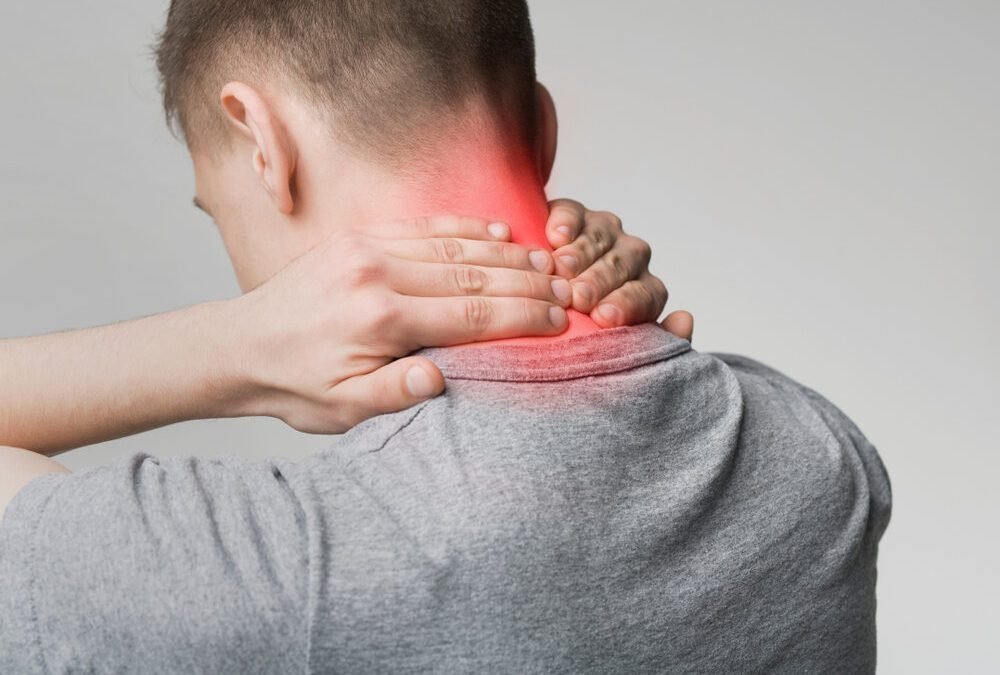THE SPINE AND CERVICAL REGION: UNDERSTANDING NECK PAIN

The spine, composed of 33 individual bones called vertebrae, serves as the body’s central support structure and is a common source of both acute and chronic pain. These vertebrae are grouped into five regions: cervical, thoracic, lumbar, sacral, and coccygeal. While the cervical spine—located in the neck—is especially prone to injuries and degenerative changes that lead to neck pain, the sacral and coccygeal vertebrae are fused together, forming a solid base at the lower end of the spine.
Cervical Radiculopathy
Cervical radiculopathy refers to irritation or compression of one or more nerve roots in the cervical spine. Since these nerves extend to the shoulders, arms, and hands, any issue in the cervical region can lead to symptoms such as pain, numbness, or weakness in these areas. This condition can arise from various problems affecting the bones and soft tissues of the cervical spinal column.
Discogenic Pain
Discogenic pain originates from damage or degeneration of an intervertebral disc, most commonly in the cervical or lumbar spine. This condition typically results from disc wear and tear, leading to inflammation or structural changes that irritate nearby nerve roots. Since spinal nerves travel to various parts of the body, especially the shoulders, arms, and hands in the case of the cervical spine, discogenic pain can radiate to these regions. It may arise from a range of issues involving the discs and surrounding spinal structures.
Degenerative Disc Disease (DDD)
Degenerative disc disease is the weakening or deterioration of one or more intervertebral discs, which normally serve as cushions between the vertebrae. While often a natural consequence of aging, this condition can also develop due to spinal injury or trauma.
